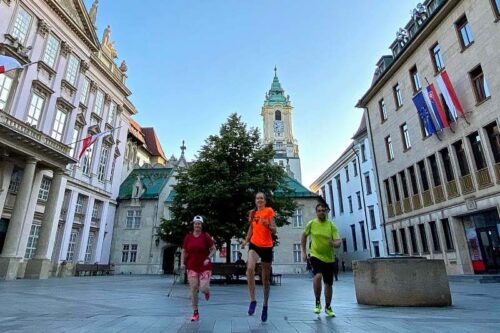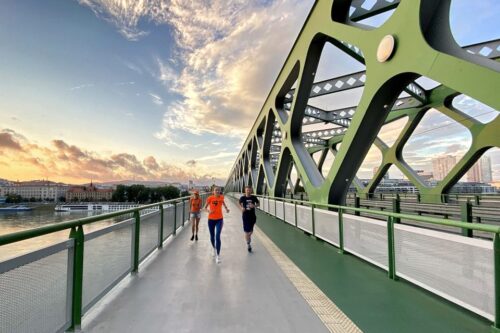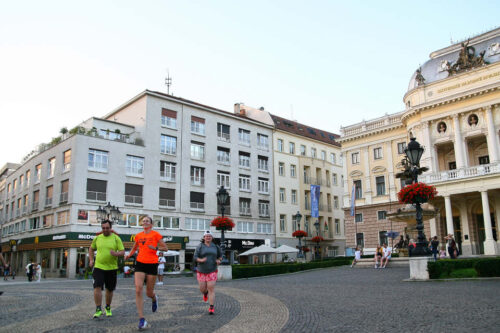ALL RUNNING TOURS IN BRATISLAVA |
|---|
SIGHTSEEING RUNNING TOURS IN BRATISLAVA
CORPORATE TOURS IN BRATISLAVA
Bratislava is a city of many names. Some may know it as Pozsony, others as Pressburg, or Prešporok. It has been part of a Celtic imperium, served as a Romanian fortified border Limen Romanus, it was an important city in Hungarian Kingdom, then belonged to Czecho – Slovakia and from 1993 it has finally became the capital of Slovak republic. In short, this city has come through a lot of different regimes in its turbulent life.
All of its former citizens left parts of their cultural heritage in the area. Therefore it is not a surprise that Bratislava is a very diverse city. There is no architectural style or any major feature that will define it the most. However, it is this that makes the city special. Whether you want to walk through the ancient traces of Celts, or you want to admire the buildings built for the Hungarian dukes and pass through the coronation journey of Habsburgs kings, or you want to get the feeling of a life under a communism party – it’s all there in one place.
Furthemore, Bratislava is not just a boring city with a historical heart and residential districts built around. Its complex beauty can be seen better from the distance . The river forests which grow by the Danube, the spacious Little Carpathians hill that border it from north, the vineyards stretched out on the east – all of these brings numerous colours to the city spectrum.
In the past few years, Bratislava has undergone a lot of changes. It has recovered from the dark era of communism and tried to save and renovate the remnants of its historical treasures. Today it is a fully cosmopolitan, democratic city, which is rediscovering its individuality. It is very open to the outside world and is implementing many modern technologies that ease the life of its citizens and tourists as well. Still the traditions are highly important to differentiate it from other central European cities – that is why you can always see a lot of music and dance events taking place in its streets.





